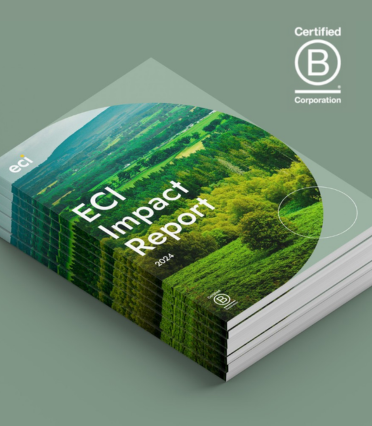
Just over a year ago we discussed the value that investors saw in the marketplace model, which was becoming increasingly ubiquitous in our daily lives. A lot has changed since then, but how has Covid-19 impacted that trend?
Some marketplaces will have undoubtedly seen a negative impact if the sector they operate in has been severely hit by the pandemic, such as travel or hospitality. However, the long-term fundamentals driving the proliferation of the marketplace model remain, and many will have seen significant growth off the back of the crisis.
Digital marketplaces, like e-commerce businesses, are reliant on digital adoption to drive both buyers and sellers and in turn transactions onto their platforms. By all measures, digital adoption amongst both groups has gone through the roof during the pandemic.
McKinsey estimated that the number of digitally available products in the economy has shifted forwards 7 years due to Covid-19. This looks unlikely to reverse, with 75% of people using a digital channel for the first time indicating that they will continue when things return to ‘normal’. Simply put, we are all more digital and expect to stay that way, which is only good news for digital marketplaces.
While the pandemic will change behaviour in the long run, there will be a distinction between those marketplaces benefitting from short term demand bubbles versus a long-term shift in how society operates. Investors will be keen to understand that dynamic, as the nature of the marketplace model – typically transactional rather than subscription revenue – means sharp drops in demand can very quickly lead to drops in revenue.
For example, online education has boomed, but children will still go back to school in the long run (we hope!), whereas companies such as Babylon (online medical appointments) and Fiverr (marketplace for freelance services) are good examples of marketplaces that have seen a strong performance through Covid-19 that will likely continue. Seeing our doctor online and working more flexibly have become second nature during the pandemic.
So, what does this all mean if you are trying to lead a marketplace business through the pandemic?

1. Long term negative change in demand
Clearly a challenging scenario, and not easily remedied. The hardest part of building a marketplace is generating the liquidity on both sides of a transaction, which you’ve already managed to do, with a base of buyers and suppliers. Survival will mean pivoting your marketplace to remain relevant, so think about those audiences’ needs and where there may still be opportunities for the future.
2. Short term negative change in demand
The challenge here is to maintain buyer engagement meaning you can capitalize on demand when it returns. Fortunately, the marketplace model means that once demand returns you should see revenues scale up as quickly as you saw it scale down. On the supplier side, the catch is whether suppliers have developed or scaled up in alternative channels, having previously been reliant on your platform, so make sure you’re in regular dialogue.
3. Short term positive change in demand
Challenge yourself as to how you can turn the short-term liquidity boost into a long term set of customers and suppliers. If you’ve digitized what was predominantly a non-digital process pre-pandemic, can you improve your offering? Additional services and better user experience are hopefully the benefits that keep new demand on your platform post-pandemic. Can you make the experience of being on the platform materially better to drive dwell time, transactions and basket size? Tracking your driver, driver ratings, real time ride-following and multiple payment options are all examples of how mobility platforms like Uber and Lyft have improved the experience beyond just making customers and suppliers available to one another. Customer satisfaction and repeat purchase rates will give you an indicator of this and getting it right will significantly increase your customer lifetime value.
4. Long term positive change in demand
Cement yourself as number one! This is a great position to be in, and now the aim of the game is scale and market share. Capture long-term growth by boosting numbers on both side of the transaction, and don’t be afraid to increase your customer acquisition costs if it means you’re capturing that long-term demand.
Your challenge in this position is maintaining balance. If your acquisition spend will only go so far, general consensus is to focus on adding suppliers, as demand will follow if an attractive product offering. To keep the right balance track key liquidity measures as you scale, such as the average time an item/service takes to transact, site conversion stats, and supplier concentration and keep actively improving the quality of your product range.
No matter where you sit, the world is moving quickly and there is a lot to do to capitalize on the current dynamics and future proof your marketplace. Digitization at a macro level means the proliferation of marketplaces will only continue, even if there are some bumps along the way.
If you would like to talk about the opportunities in this space for your business, please do get in touch with isa.maidan@ecipartners.com


